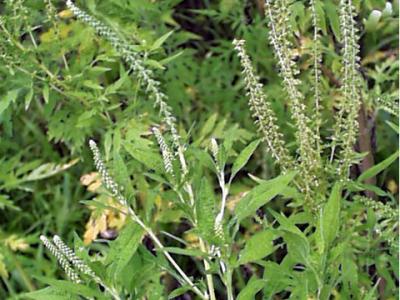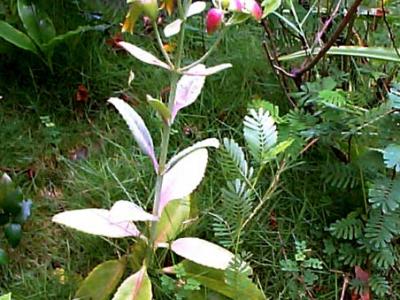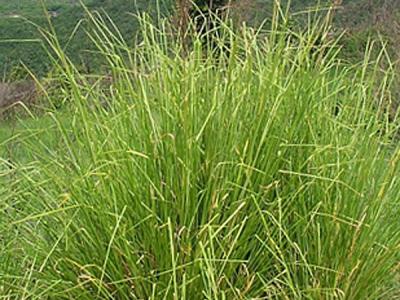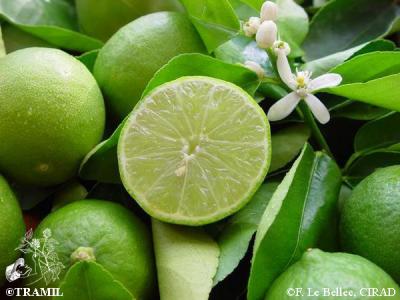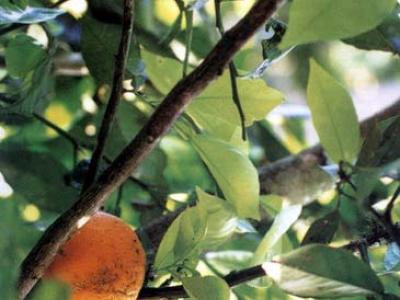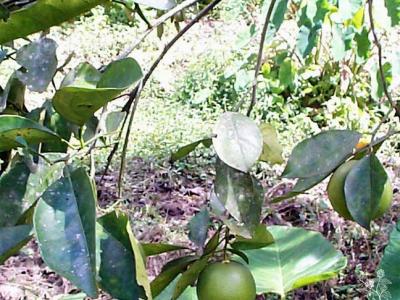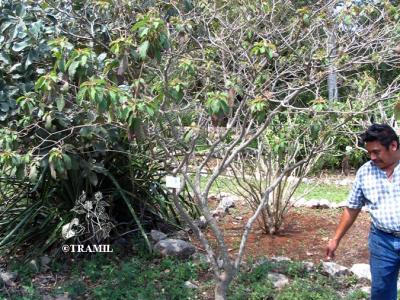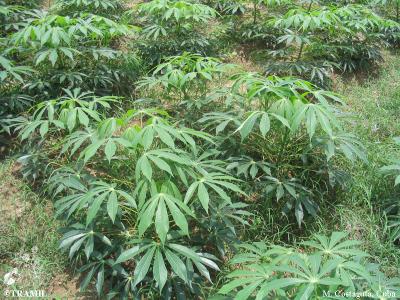(In territories with significant traditional TRAMIL use)
Honduras:
- altamisa
Panama:
- altamisa
Dominican Republic:
- artamisa
fresh leaf, untreated, local application3
leaf, alcohol maceration, local rubbing3
According to the information available:
The use for stomach pain is classified as REC based on the significant traditional use documented in TRAMIL surveys and toxicity und validation studies.
The use for colic and headache is classified as REC based on the significant traditional use documented in the TRAMIL surveys and the toxicity studies.
The pollen deposited on branches and leaves can produce hypersensitivity reactions.
If deterioration is observed in the patient, the colic or stomach pain persist for more than 3 days, or the headache lasts for more than 2 days, seek medical attention.
Not for use during pregnancy, breastfeeding or in children under 5 years of age.
Due to the presence of allergenic pollen on the branches and leaves, it is necessary to wash the plant material before use.
For wind or stomach pain:
wash the leaves adequately, prepare an infusion by adding 2 cups (½ litre) of boiling water to 15 grams of fresh leaves. Cover the vessel, let it settle for 5 minutes, strain (filter), and drink 1 cup when symptoms occur.
For headaches:
fresh leaves: wash the leaves adequately, crush them, take 5 to 10 grams of plant material and apply to the forehead twice a day for 10 minutes.
maceration in alcohol: wash the leaves properly, chop up 200 grams of leaves and add them to a litre of alcohol (e.g. rum, wine or rubbing alcohol), leave to macerate at room temperature for 5 days, strain (filter) and store in a container. Then rub locally on the forehead when symptoms occur.
Preparations must never be stored for more than 24 hours, even if refrigerated.
1 LAGOS-WITTE S, 1988-89, 1996
Encuesta TRAMIL. Laboratorio de Histología Vegetal y Etnobotánica, Departamento de Biología, Universidad Nacional Autónoma de Honduras UNAH, Tegucigalpa, Honduras.
2 GERMOSÉN-ROBINEAU L, GERÓNIMO M, AMPARO C, 1984
Encuesta TRAMIL. enda-caribe, Santo Domingo, Rep. Dominicana.
3 SOLÍS P, CORREA M, GUPTA MP, 1995
Encuesta TRAMIL (Comunidades afro-caribeñas). Centro de Investigaciones Farmacognósticas de la Flora Panameña CIFLORPAN, Facultad de Farmacia, Universidad de Panamá, Panamá, Panamá.
4 SOLÍS PN, VASQUEZ Y, AYALA H, GUPTA MP, 2002
Validación de algunas plantas tramil. Informe TRAMIL. Centro de Investigaciones Farmacognósticas de la Flora Panameña CIFLORPAN, Facultad de Farmacia, Universidad de Panamá, Panamá, Panamá.
5 GOLDSBY G, BURKE BA, 1987
Sesquiterpene lactones and a sesquiterpene diol from Jamaican Ambrosia peruviana. Phytochemistry 26(4):1059-1063.
6 HERZ W, ANDERSON GD, GIBAJA S, RAULAIS D, 1969
Sesquiterpene lactones of some Ambrosia species. Phytochemistry 8(5):877-881.
7 YÁNEZ CA , RIOS N. MORA F, ROJAS L, DÍAZ T, VELASCO J, RIOS N, MELÉNDEZ P, 2011
Composición quimica y actividad antibacteriana del aceite esencial de Ambrosia peruviana Willd. de los llanos venezolanos. Rev Peru Biol 18(2):149-151.
8 SOUZA BRITO A, 1995
Toxicidad aguda - dosis repetidas. Informe TRAMIL. Dep. de Fisiología y Biofísica, Universidad de Campinas, Campinas, Brasil.
9 BUZNEGO MT, LLANIO M, FERNÁNDEZ M, LEÓN N, ACEVEDO M, PÉREZ H, 1998
Perfil neurofarmacológico de la Ambrosia paniculata (Willd) O.E. Schulz (Artemisa). Rev Cubana Plantas Med 3(1):42-45.
10 PAZOS L, COTO T, 2011
Toxicidad oral aguda, dosis repetida, en ratón, hoja de Ambrosia peruviana. Laboratorio de Ensayos Biológicos, LEBi, Universidad de Costa Rica, San Pedro, Costa Rica.
11 PAZOS L, COTO T, CAIZA F, 2009
Irritación dérmica, piel lesionada en conejos, hoja fresca, de Ambrosia peruviana. Informe TRAMIL. Laboratorio de Ensayos Biológicos, LEBi, Universidad de Costa Rica, San Pedro, Costa Rica.
12 PAZOS L, COTO T, CAIZA F, 2009
Irritación dérmica, piel lesionada en conejos, hoja macerada en alcohol 94%, de Ambrosia peruviana. Informe TRAMIL. Laboratorio de Ensayos Biológicos, LEBi, Universidad de Costa Rica, San Pedro, Costa Rica.


